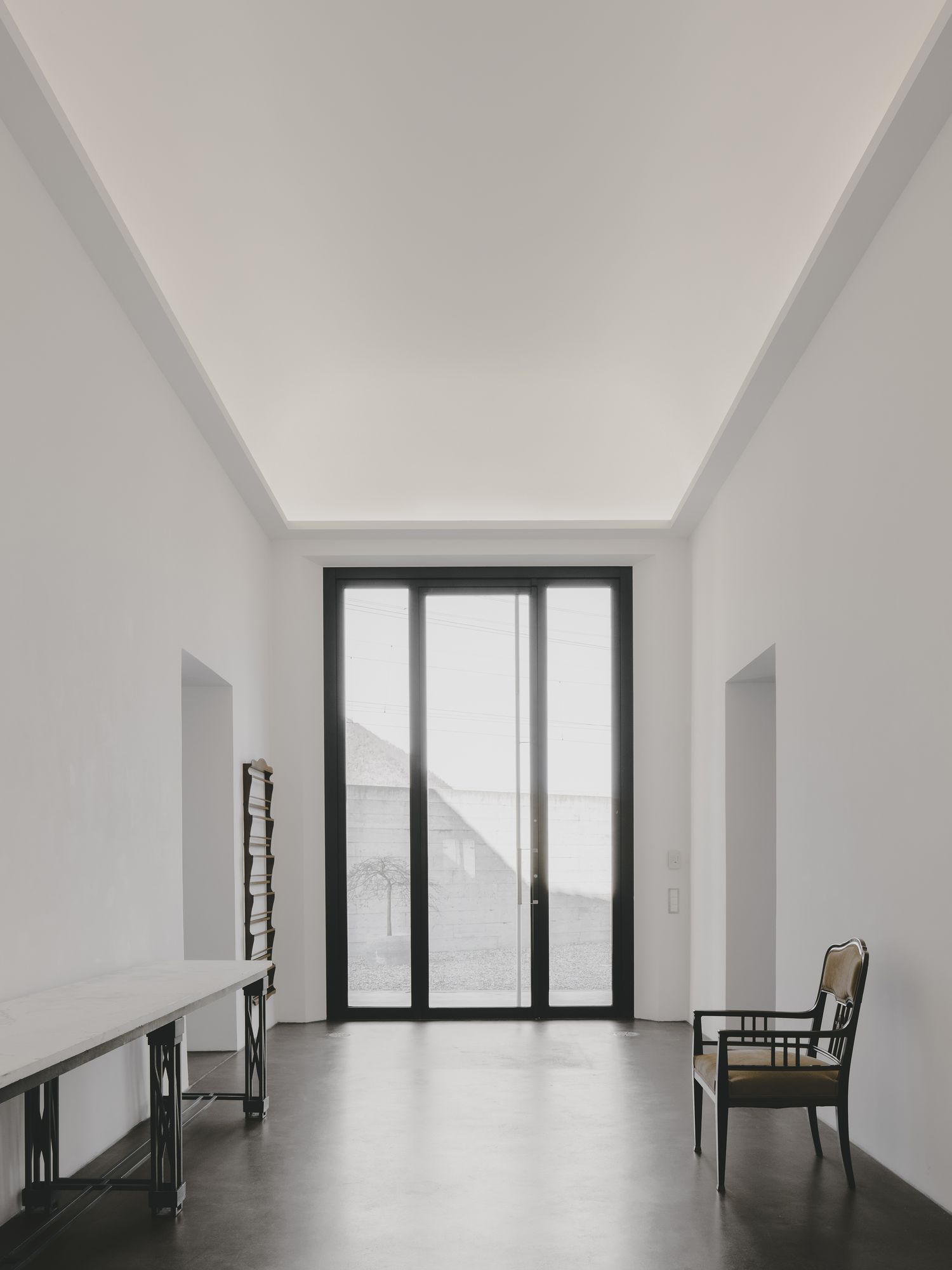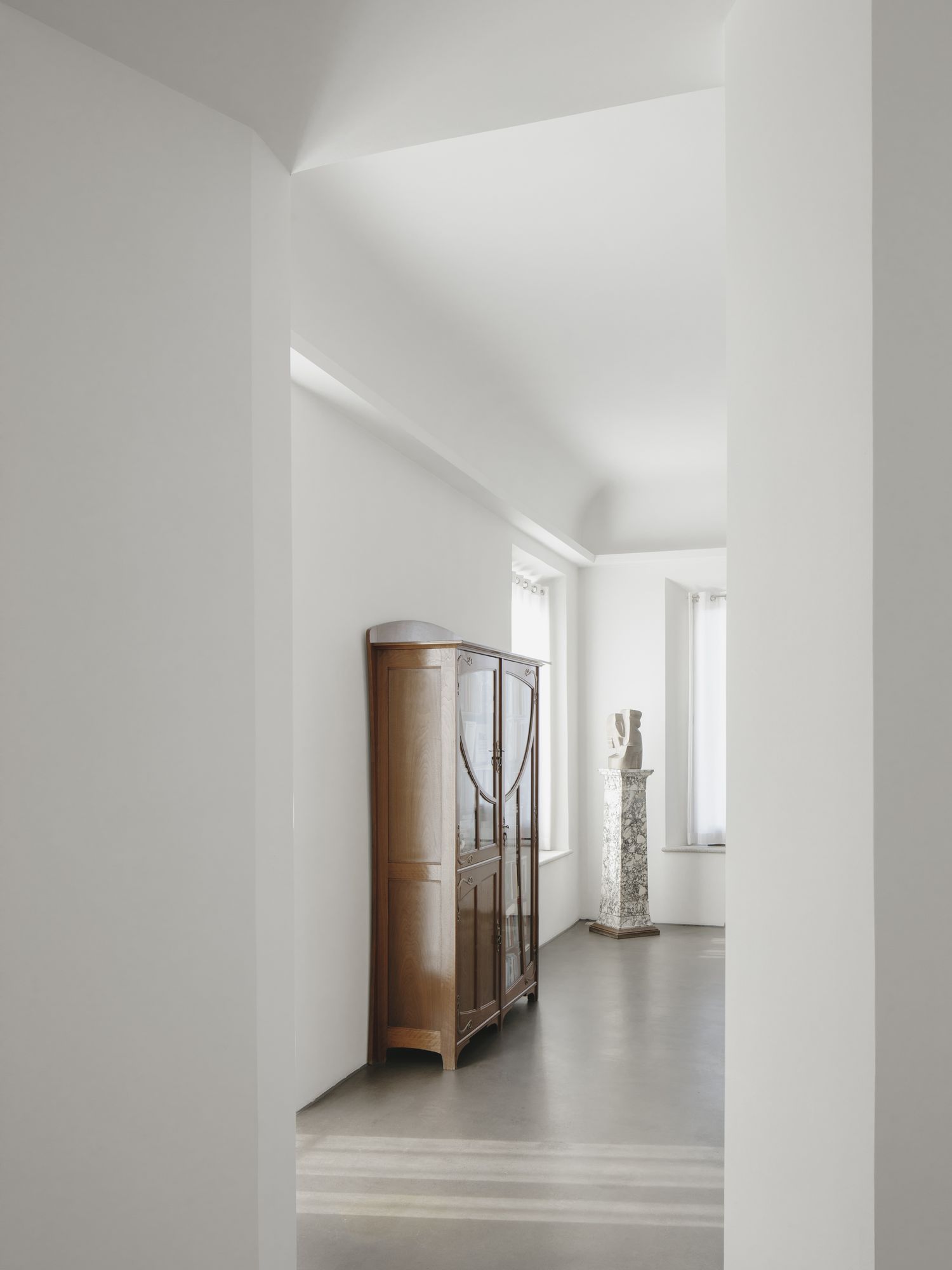Miler Art House is a minimal space located in Capolago, Switzerland, created by Miler Kessler. Miler Art House has the intention to fill in the gaps left by traditional sales venues, and each work or project the curators show is based on dialogue and the exchange of ideas. Thus they took pleasure in combining the emotional experience of discovery with a profound knowledge of the related theme. This contains research, study and reflection so that they could offer art based on solid value. They like to consider the discovery of forgotten protagonists of the art world as the constant common denominator of their activity. This enables the curators to offer their clientele works of art characterized by a traditional originality already settled in history.
All of this results in a range of unique artistic objects which are never banal or subject to fashion trends. The building dates from 1670, built by the Maderni family known for their famous stucco decorators and architects, it became the summer residence of the Diocese of Como. Nowadays, the house is mostly remembered as the old Tipografia Elvetica, in operation from 1830 to 1853 and famous for having been the clandestine printing house of the patriots of the Italian Risorgimento. From its presses came books by Cattaneo, Gioberti, Guerrazzi, La Farina, Tommaseo, Colletta, Balbo, d’Azeglio, Sismondi and many others. In 1891 it was the main office of the Anarchist Congress which, for a limited time, unified the Italian socialist and anarchic forces. After a series of other functions, it is now once again a place of culture, its present direction going towards visual art and historical design.
The building has been renovated with the same care and passion invested in presenting the work of architect Gustave Serrurier-Bovy, a protagonist of the modernist scene between the end of the 19th and the beginning of the 20th century. Thanks to Serrurier-Bovy’s contact and cultural dialogue with Charles Rennie Mackintosh, Henry van de Velde, Victor Horta, Frank Lloyd Wright, Josef Hoffmann and the Secession, his work forms a unique body of direct experience resulting in the purest avant-garde design. Furthermore, the substantial presence of paintings, furniture and sculptures of various styles created in the 20th century offers a dialogue with the roots of design. The significance of Art House derives from the balance created by the integration of contrasts. It is open to scholars and lovers of 20th century art and design.
Photography by Giorgio Marafioti
















